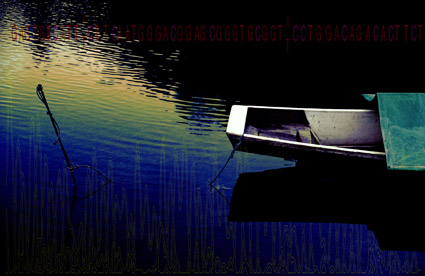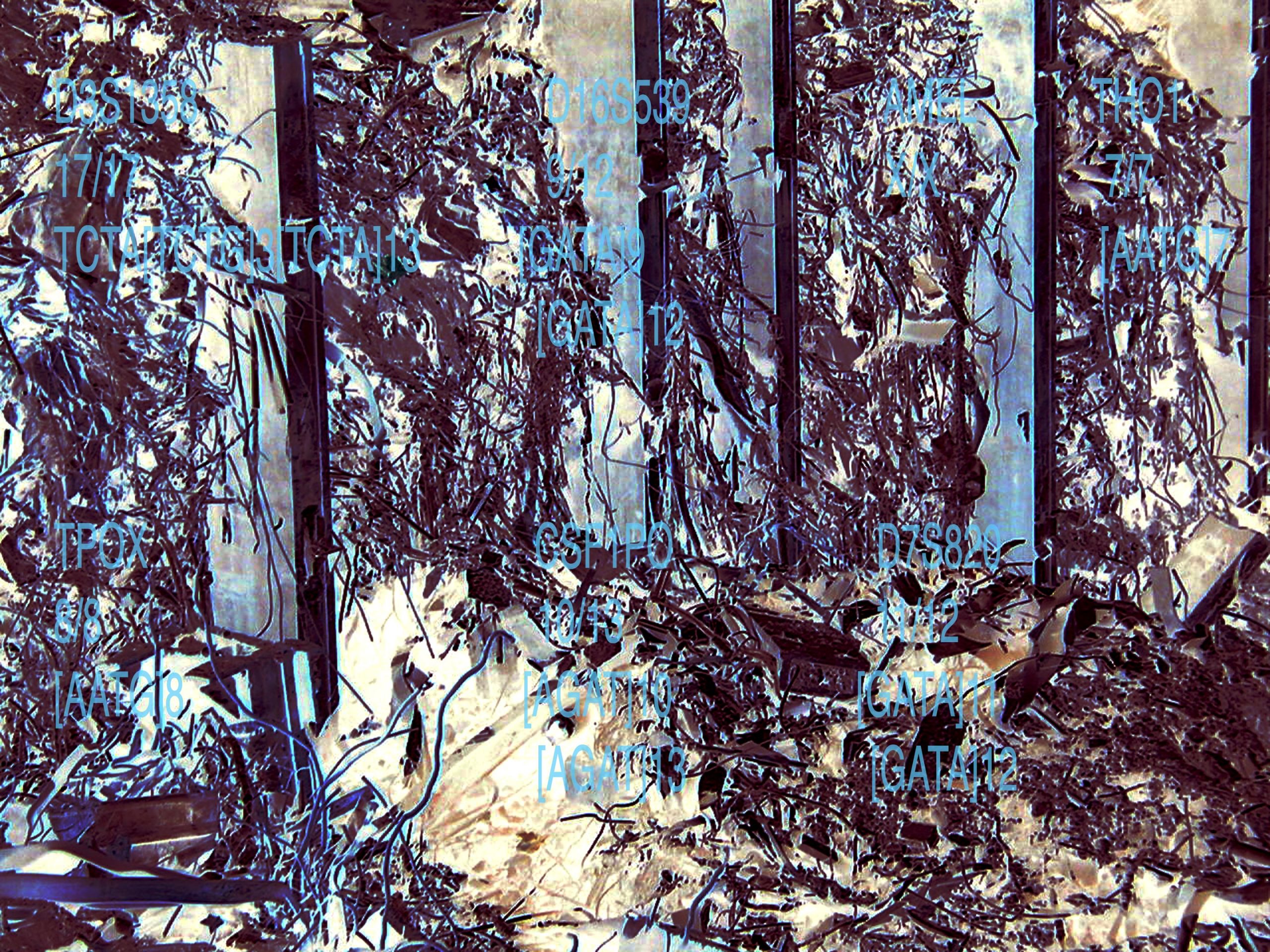Kevin Clarke
*1953 in New York, NY, US
Lives and works in Payrac.





Since the late 1970s, Kevin Clarke has been primarily concerned with the contemporary possibilities of portrait photography. His first large project, Kaufhauswelt (Department Store World), featured the personnel of the KaDeWe department store in Berlin in their working environment: characters in a context that certainly contributed to a style and identity. The 1980s saw Clarke’s most extensive photography project thus far: The Red Couch: A Portrait of America,” an homage to Robert Frank’s classic The Americans, a cross-section of all of America’s social strata in one hundred portraits.
In 1988 Kevin Clarke turned to DNA sequencing as a forward-looking possibility for portraiture and is thus one of the first artists to work with this technology in terms of both form and content. Clarke had DNA analyzed, beginning with his own and then moving on to famous personalities. The DNA sequence of the person depicted—a unique and unmistakable genetic code digitized as a series of letters or as a rhythmic line—is blended with a visual motif that for the artist is directly associated with his memory of the person portrayed. Thus the biological individual is subjectivized, and vice versa, without creating a representational portrait in the classical sense. Using this method, Kevin Clarke has created portraits of James Watson, the discovery of the DNA structure; Jeff Koons; Merce Cunningham; and even, posthumously, Friedrich Schiller, for which Clarke was provided with an original lock of the poet’s hair.

